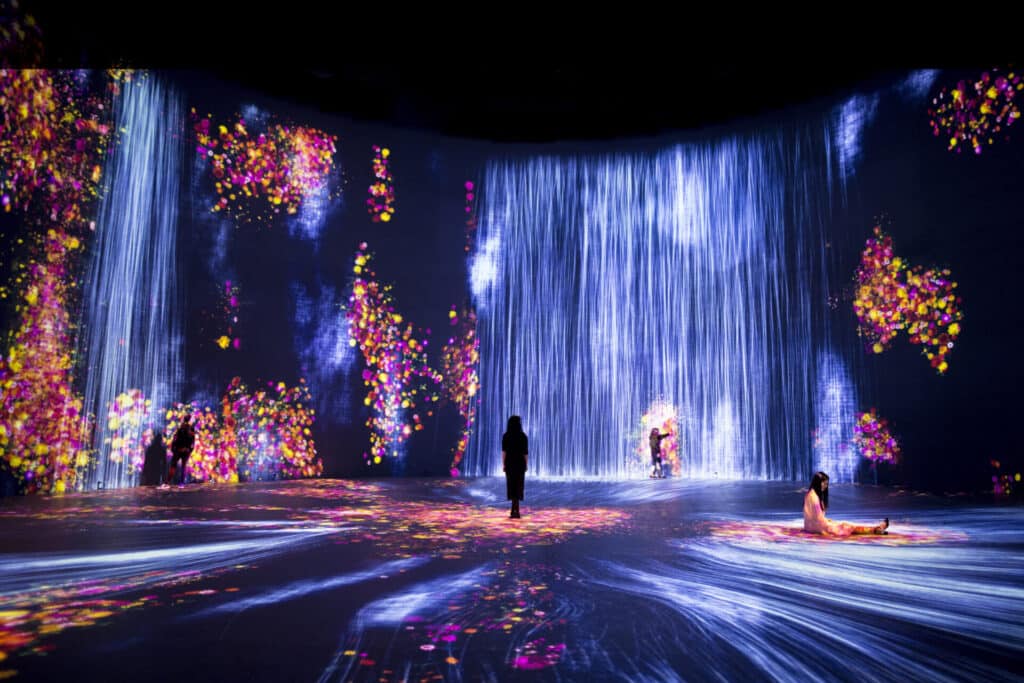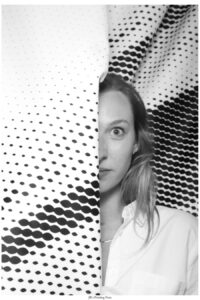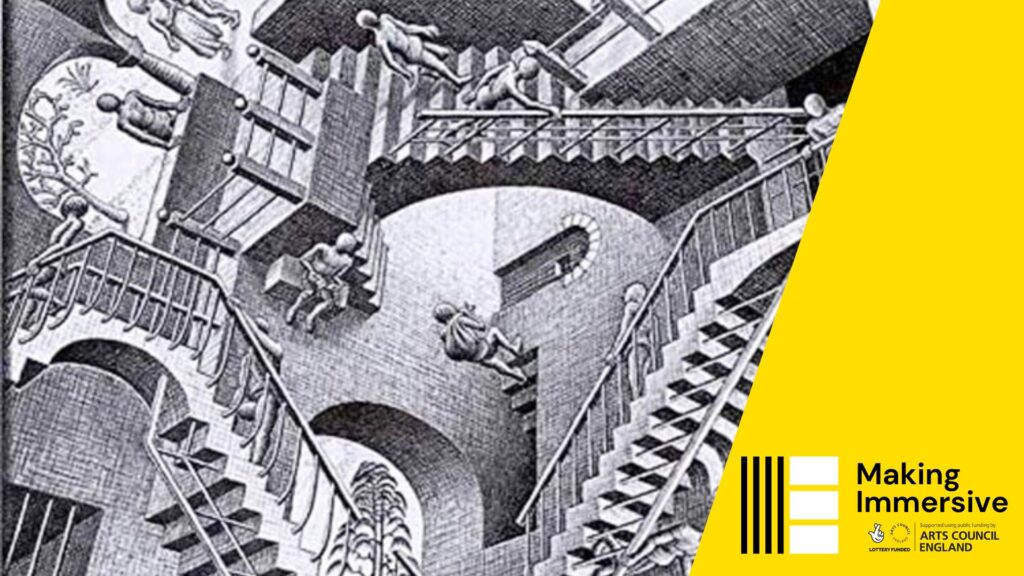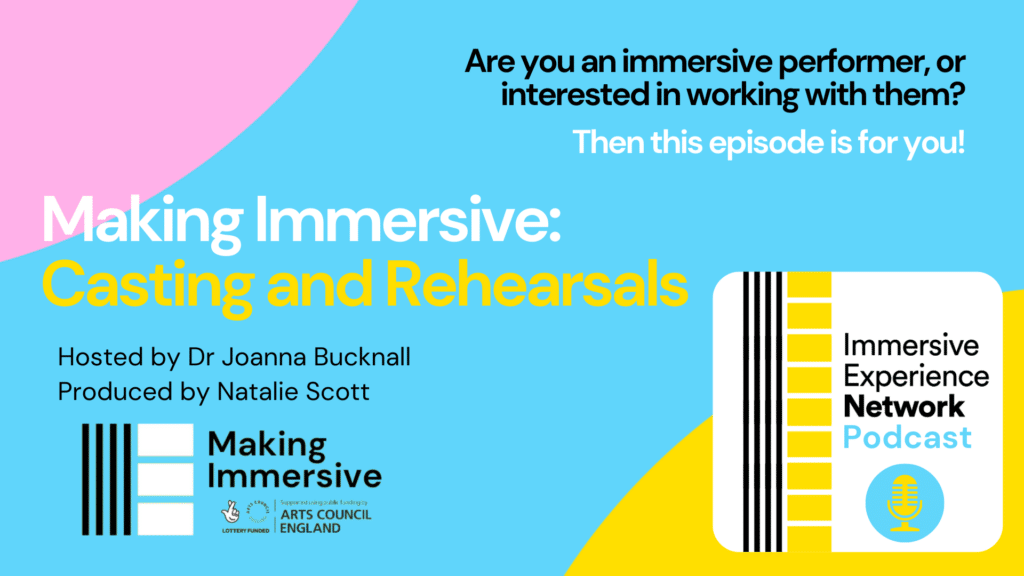THE DEFINITION
Five years ago, everything was curated: playlists, menus, holiday packages. Today, everything is immersive: shops, gyms, cafes. The adjective has well and truly entered the kingdom of buzzwords and is brandished at every corner as an oft-disappointing promise that any interaction with culture will stimulate all your senses and leave you transformed. Tall order for anything, if you ask me, but I believe art has the best chance.
I may twitch at its overuse from time to time but am ultimately pleased with such terms crossing over from art speak into popular vernacular. Firstly, because they expose artists to new audiences, and vice versa, and secondly, because this trend might signal a shift in perception that could lead to an actual democratisation of art. Probably not of all art, but perhaps at the very least, of the kind we show at Superblue. This is art which is as meaningful as it is spectacular. It triggers emotions and provokes thought, offers perspective, challenges beliefs. It is art which the audience can come to without years of prior knowledge or theoretical grounding. Hopefully, it gets talked about around the dinner table that evening.
Despite all this, the term immersive is considered somewhat reductive in our house. At Superblue, we tend to prefer “experiential”, as it captures—alongside qualities of being large-scale, multisensory, interactive, participatory, technological, cross-disciplinary, time-based, and yes, immersive— the necessary final ingredient that is storytelling. Importantly, experiential art has a sense of progression, a rhythm, possibly a narrative. This does not necessarily mean the work will have a beginning and an end, but rather a durational concept that taps into our innate response to the passage of time. In this way, experiential art builds on the long history of installation art and time-based performance, dating as far back as the early to mid-20th century, which encourages an ongoing, or evolving, understanding of an artwork as impacted by the relationship to the body.
This is not to say that these considerations do not define other players in the experiential landscape, but Superblue is truly unique in its history and its approach.
THE IDEA

Superblue launched in the summer of 2020, and like any business, was the culmination of many years of empirical research and of wider cultural, societal and economic factors, not least the advent of the experience economy that brought with it a new attitude towards consumerism, once which prioritises shared, real-time experiences over the ownership of objects. Applying this logic to the art world, and seeing a number of artists emerge as pioneers in this type of artmaking but without the infrastructure needed to do so at scale, led to the foundational premise for Superblue: to build a platform for contemporary artists to create and exhibit experiential artworks, and for the public to enjoy them.
Enter Superblue Miami, our inaugural venue and flagship, which opened in May 2021 in a 50,000 square-feet warehouse in Allapattah, with artists that broadly represent the arc of experiential art—James Turrell (the godfather of the 1960s Light & Space movement, teamLab (the Japanese collective behind some of the world’s most visited single-artist museums since the 2010s), and Es Devlin (a leading cross-disciplinary artist creating performative, stage-like installations worldwide)—and artworks that in turn showcase the range of physical manifestations possible within the field of experiential art. This exhibition, Every Wall is a Door, moves from the meditative to the spectacular and back again, pushing the boundaries of what is expected from immersive artworks.
Superblue therefore fills a gap in the ecosystem of the art world and of the entertainment industry, offering a sustainable business model for this kind of work to be imagined, made and seen. On the one hand, artists are remunerated continuously for their work through ticket royalties or licensing fees, and on the other, audiences can discover or rediscover compelling artworks in a welcoming context while directly supporting living artists.
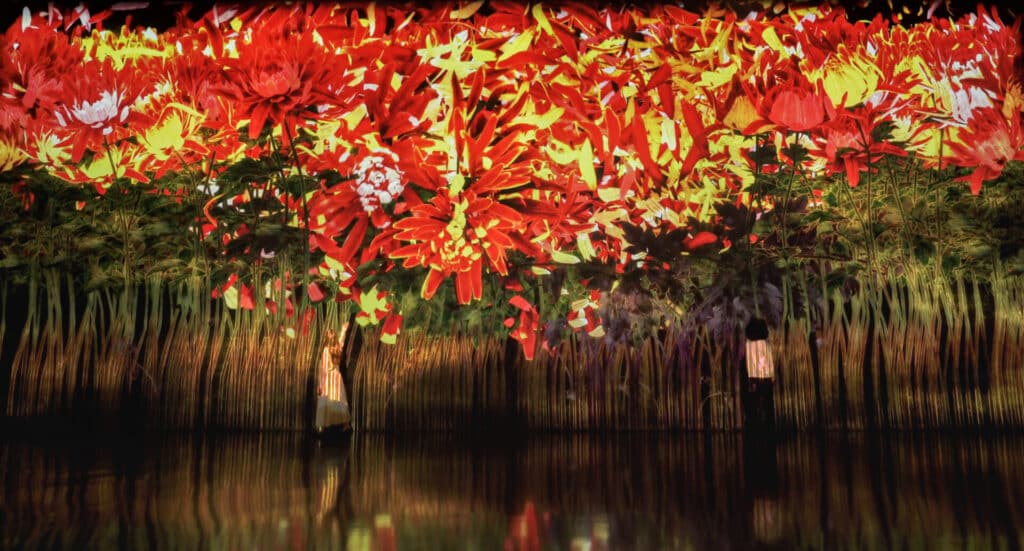
THE APPROACH
There have been many learnings over the years, but one principle has remained fundamental since day one: Superblue is artist driven. With a team largely originating from the art world (both the private and public sectors), Superblue is built on longstanding relationships with contemporary artists and an intimate knowledge of the inner workings of the industry. This means holding ourselves up not only to a high level of artistic integrity but also of production value in everything we do. At Superblue Miami, as well as in our partnerships with external institutions, artists are free to work in the medium best suited to their vision, so long as the curatorial and spatial parameters are respected. We do not prescribe any specific medium, format or technology, but instead offer resources and guidance to help artists realise their ambitions. This is how we ended up with wall projections, a cloud room, 3,000 suspended lightbulbs, a mirror maze and a giant printing press all under the same roof, each delivering a unique message and type of engagement. Seeing how far artists can go to create meaningful work with broad appeal, using cutting-edge technologies or age-old strategies, is the reason I do what I do.
We like to refer to the analogy of the swan when discussing our exhibitions: a majestic bird gliding effortlessly above the surface of the water, but paddling manically below. If we have done our job well, that is what you will see, all of the beauty and none of its making. Simply put, ours are authentic creative visions by living artists exhibited in a purpose-built environment.
